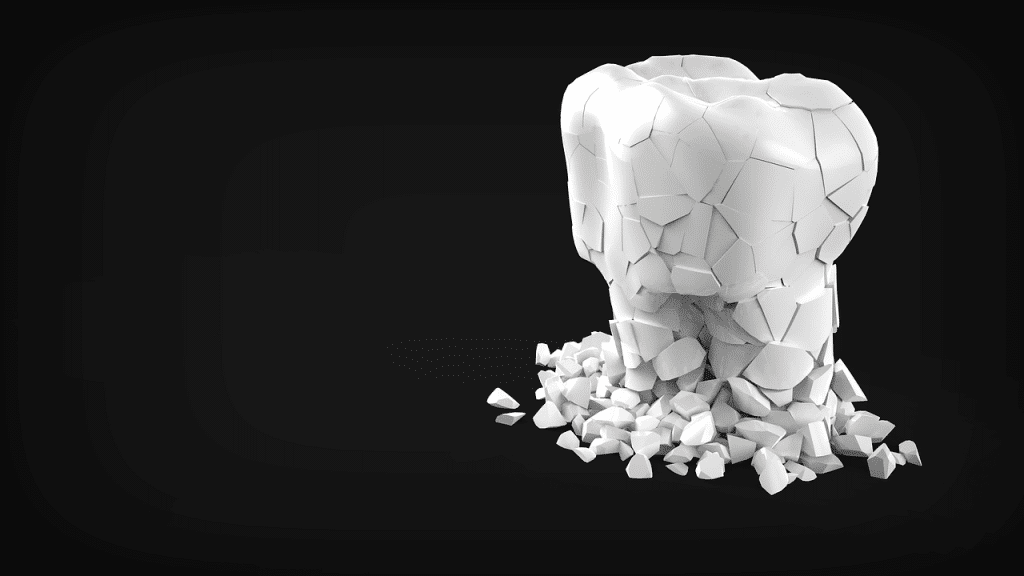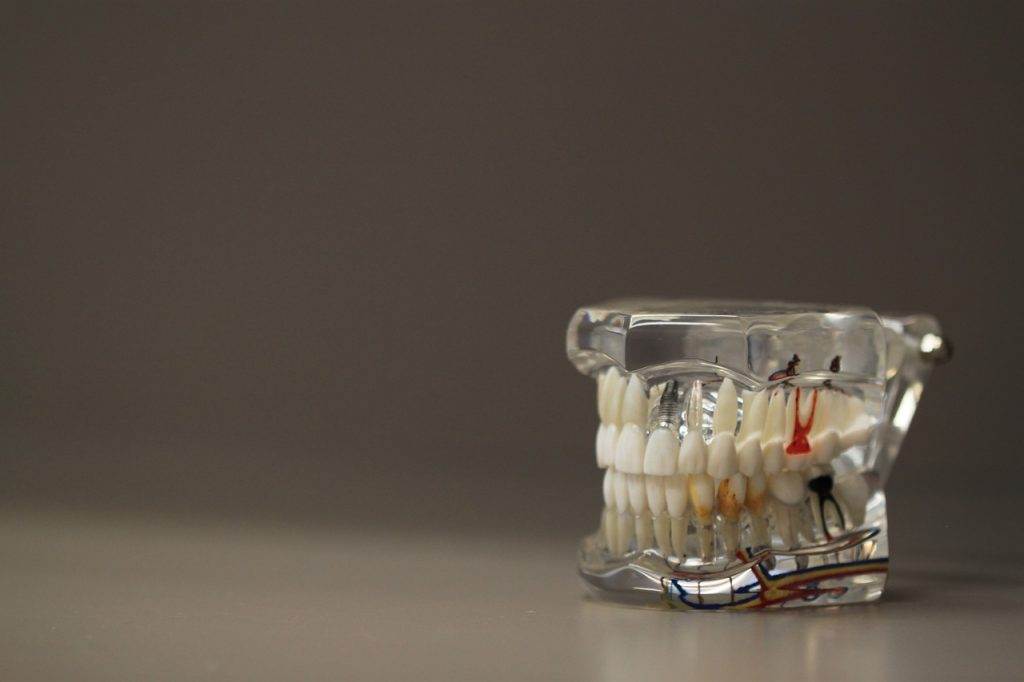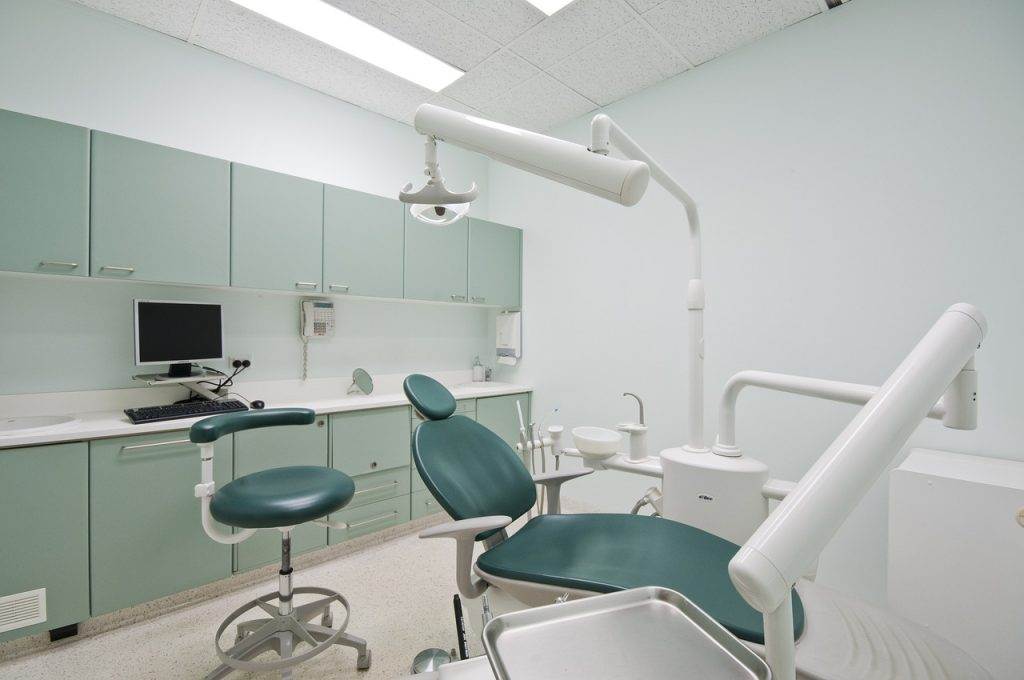29September 2023
Have you ever wondered just how painful deep cleaning can be? Deep cleaning is a necessary part of maintaining good oral hygiene, but many people have concerns about the discomfort it may cause. In this article, we will explore the pain levels associated with deep cleaning and provide some insights and tips to help you navigate this essential dental procedure. So let’s put your worries to rest and uncover the truth behind the pain of deep cleaning!

This image is property of pixabay.com.
The Basics of Deep Cleaning
What is deep cleaning?
Deep cleaning, also known as scaling and root planing, is a dental procedure that involves removing plaque and tartar from below the gumline. It is a non-surgical treatment that aims to prevent and treat gum disease, which can lead to tooth loss if left untreated. Unlike regular dental cleanings, deep cleanings go beyond the surface of the teeth and address the buildup of bacteria and toxins that cause gum inflammation and infection.
Why is deep cleaning necessary?
Deep cleaning is necessary when gum disease, also known as periodontal disease, is present. Gum disease occurs when plaque and tartar accumulate along the gumline, leading to inflammation and infection. If left untreated, gum disease can progress and result in tooth loss and damage to the supporting structures of the teeth. Deep cleaning helps remove the bacteria responsible for gum disease and promotes oral health.
How often should deep cleaning be done?
The frequency of deep cleaning depends on the individual’s oral health condition. Generally, individuals with mild to moderate gum disease may require deep cleanings every six months to a year. However, those with advanced gum disease or a history of periodontal issues may require more frequent deep cleanings. It is best to consult with a dental professional to determine the appropriate frequency of deep cleaning for your specific needs.
Understanding the Dental Cleaning Process
What happens during a deep cleaning?
During a deep cleaning, a dental hygienist or dentist will thoroughly clean your teeth, both above and below the gumline. The process involves two main steps: scaling and root planing. Scaling involves removing the plaque and tartar from the surface of the teeth and below the gumline. Root planing smoothes out the tooth roots to prevent further plaque buildup and promote gum healing. The procedure may require multiple visits, with each visit focusing on different sections of the mouth.
The role of local anesthesia
To ensure your comfort and minimize any potential pain or discomfort, local anesthesia is often used during deep cleaning. The anesthesia numbs the gums and surrounding tissues, making the procedure virtually painless. However, if you are concerned about the use of local anesthesia, you can discuss alternative pain management options with your dental professional.
How long does deep cleaning take?
The duration of a deep cleaning procedure varies depending on the severity of gum disease and the complexity of the case. On average, a deep cleaning appointment can last anywhere from one to two hours. However, it is important to note that the procedure may require multiple visits to complete. Your dental professional will assess your specific needs and provide you with an estimated treatment timeline.
Preparing for a deep cleaning
Before your deep cleaning appointment, it is important to maintain good oral hygiene by brushing and flossing your teeth regularly. This helps remove surface plaque and tartar, making the deep cleaning process more effective. It is also advisable to inform your dentist about any medications you are taking, as certain medications may affect the healing process. Additionally, if you have any dental anxieties or concerns, be sure to communicate them with your dental professional so that appropriate accommodations can be made.

This image is property of pixabay.com.
Pain Management during Deep Cleaning
Is deep cleaning painful?
Deep cleaning itself should not cause severe pain. The use of local anesthesia numbs the gums and surrounding tissues, minimizing any discomfort during the procedure. However, it is common to experience some sensitivity or mild discomfort due to the manipulation of the gums and roots. The level of pain experienced varies from person to person and depends on various factors, such as pain tolerance and the severity of gum disease.
Factors that can affect pain levels
Several factors can influence the pain experienced during deep cleaning. The severity of gum disease, the presence of dental anxiety, and individual pain thresholds all play a role in determining pain levels. It is essential to communicate your concerns and pain tolerance to your dental professional to ensure appropriate pain management measures can be taken.
Effective pain management techniques
To manage any discomfort during a deep cleaning, dental professionals may use various pain management techniques. These can include the application of numbing gels or the administration of local anesthesia. Additionally, taking over-the-counter pain medications, such as ibuprofen, before the procedure can help alleviate any potential pain or inflammation. It is important to follow your dental professional’s instructions and recommendations regarding pain management.
Potential discomfort during and after deep cleaning
Some individuals may experience mild discomfort during and after a deep cleaning. This is typically temporary and can be managed with over-the-counter pain medications or the application of ice packs on the affected area. It is important to maintain good oral hygiene post-cleaning and follow any aftercare instructions provided by your dental professional to promote healing and minimize discomfort.
Alternatives to Deep Cleaning
Scaling and root planing
Scaling and root planing is the main technique used during deep cleaning. It involves removing plaque and tartar from the teeth and smoothing out the roots to prevent further buildup and promote gum healing. This non-surgical approach is often effective in treating gum disease and maintaining oral health.
Periodontal surgery
In advanced cases of gum disease, periodontal surgery may be necessary. This procedure involves removing diseased tissue, reshaping the gumline, and repairing any damage to the supporting structures of the teeth. Periodontal surgery is typically reserved for cases where deep cleaning and other non-surgical treatments have not been successful in treating gum disease.
Laser therapy
Laser therapy is a minimally invasive alternative to traditional deep cleaning. It uses lasers to remove plaque and tartar, kill bacteria, and promote gum healing. Laser therapy is often less uncomfortable and may require fewer visits compared to conventional deep cleaning.
Maintenance cleaning
After undergoing deep cleaning, maintenance cleanings are crucial to prevent the recurrence of gum disease. These cleanings typically involve regular dental visits every three to four months, where the dental professional will assess the oral health, remove any plaque and tartar buildup, and provide necessary treatments to maintain gum health.

This image is property of pixabay.com.
Choosing a Skilled Dental Professional
The importance of an experienced dentist
When it comes to deep cleaning or any dental procedure, the experience and expertise of the dentist play a significant role in ensuring successful treatment and patient comfort. An experienced dentist will have a thorough understanding of advanced techniques, pain management methods, and individualized treatment plans to provide the best possible care.
Selecting a reputable dental clinic
Choosing a reputable dental clinic is key to receiving quality deep cleaning treatment. Look for clinics that have a solid reputation in the community and positive patient reviews. A well-established clinic with modern facilities and a team of experienced dental professionals is more likely to provide a comfortable and effective deep cleaning experience.
Seeking recommendations
Seeking recommendations from friends, family, or colleagues who have undergone deep cleaning can provide valuable insights into the quality of care provided by different dental professionals. Their personal experiences and recommendations can help guide your decision in selecting a dental professional who excels in deep cleaning treatments.
Researching dentist qualifications and reviews
Before scheduling a deep cleaning appointment, it is beneficial to research the qualifications and credentials of the dental professional. Check their educational background, professional affiliations, and any additional certifications they may hold. Reading patient reviews and testimonials can also shed light on the dental professional’s expertise and patient satisfaction.
Collaborative Efforts to Reduce Discomfort
Building trust and open communication
Building trust and open communication with your dental professional is essential to reduce discomfort during deep cleaning. Share your concerns and anxieties, and ask any questions you may have. A trusting and collaborative relationship with your dental professional will help them understand your pain tolerance and develop an individualized pain management plan.
Informing the dentist about your pain tolerance
Make sure to inform your dental professional about your pain tolerance level. This will allow them to adjust their approach and pain management techniques accordingly. Everyone’s pain threshold is unique, and by communicating your comfort level, you can ensure that the dental professional provides the most suitable care for you.
Collaborating on a pain management plan
Work together with your dental professional to develop a pain management plan that suits your needs. This may involve using specific pain medications, adjusting the timing and duration of the deep cleaning procedure, or incorporating relaxation techniques to minimize discomfort. Effective collaboration will enable you to have a more comfortable experience during deep cleaning.
Taking breaks during the cleaning process
If you feel any discomfort or need a break during the deep cleaning procedure, do not hesitate to communicate this to your dental professional. They can pause the cleaning process to allow you to rest or adjust their techniques to make you more comfortable. Remember, taking breaks and ensuring your comfort is an important part of collaborative pain management.

Post-Deep Cleaning Care
Common aftercare instructions
After a deep cleaning, your dental professional will provide you with specific aftercare instructions. These may include avoiding hard or chewy foods for a few days, using a prescribed mouthwash, and maintaining a diligent oral hygiene routine. Following these instructions will help promote healing and prevent any complications or discomfort.
Taking prescribed medications as directed
If your dental professional prescribes any medications, such as antibiotics or pain relievers, it is important to take them as directed. These medications are intended to aid in the healing process and manage any discomfort or potential infections. Adhering to the prescribed regimen will optimize your post-deep cleaning care.
Managing any residual discomfort
Some individuals may experience residual discomfort or sensitivity after a deep cleaning. This is normal and can be managed with over-the-counter pain medications or desensitizing toothpaste. It is important to avoid any activities or foods that may irritate the treated areas and to communicate any persistent discomfort to your dental professional.
Scheduling follow-up visits
Regular follow-up visits with your dental professional are crucial after a deep cleaning. These visits allow the dental professional to monitor your healing progress, address any concerns or discomfort, and provide ongoing preventive care to maintain your oral health. Be sure to schedule and attend these appointments as recommended by your dental professional.
Factors Influencing Pain Perception
Individual pain threshold
Every individual has a different pain threshold, which influences their perception of pain during a deep cleaning. Some individuals may experience minimal discomfort, while others may have a lower pain threshold and be more sensitive to the procedure. Understanding and communicating your pain threshold to your dental professional can help them tailor the treatment to your needs.
Severity of gum disease
The severity of gum disease can also impact pain perception during deep cleaning. In advanced stages, where there is significant inflammation and infection, deeper cleanings may be necessary, potentially leading to more discomfort. Regular dental visits and early intervention can help prevent gum disease from progressing to more advanced stages and minimize potential pain during deep cleaning.
Presence of dental anxiety
Dental anxiety can significantly affect pain perception during deep cleaning. Individuals with dental anxiety may experience heightened sensitivity to pain or discomfort due to fear or stress. Openly discussing dental anxiety with your dental professional can help them implement strategies to alleviate anxiety and manage pain effectively.
Overall oral health
The overall health of your mouth can influence pain perception during deep cleaning. Individuals with poor oral hygiene and significant plaque buildup may experience more discomfort as the cleaning may be more extensive. Regular brushing, flossing, and dental visits can help maintain your oral health and minimize any potential pain during deep cleaning.

Importance of Deep Cleaning in Dental Health
Preventing gum disease progression
Deep cleaning plays a vital role in preventing the progression of gum disease. By removing the bacteria and toxins causing gum inflammation and infection, deep cleaning helps halt the progression of the disease and promotes gum healing. It is a proactive approach to maintain oral health and prevent further damage to the teeth and supporting structures.
Preserving teeth and bone structure
Gum disease can lead to gum recession, bone loss, and ultimately, tooth loss. Deep cleaning removes the plaque and tartar buildup that contributes to these issues, helping to preserve the teeth and bone structure. By addressing gum disease early through deep cleaning, individuals can avoid the need for more invasive and costly treatments in the future.
Improving overall oral hygiene
Deep cleaning not only targets areas below the gumline but also helps improve overall oral hygiene. By thoroughly removing plaque and tartar, deep cleaning reduces the risk of cavities, gum disease, and other oral health problems. It provides a clean slate for individuals to maintain good oral hygiene practices and enjoy long-term oral health benefits.
Enhancing overall health and well-being
Oral health is closely linked to overall health and well-being. Poor oral hygiene and untreated gum disease have been associated with various systemic health conditions, including cardiovascular disease, respiratory infections, and complications during pregnancy. By addressing gum disease through deep cleaning, individuals can improve their overall health and reduce the risk of these and other related health issues.
Case Studies: Patient Experiences with Deep Cleaning
Positive experiences with minimal pain
Many patients have reported positive experiences with deep cleaning, experiencing minimal to no pain during the procedure. With the use of local anesthesia and the gentle technique of skilled dental professionals, deep cleaning can be a comfortable and pain-free process. These patient stories highlight the effectiveness of deep cleaning in treating gum disease while minimizing discomfort.
Challenges faced during deep cleaning
Some patients may face challenges during deep cleaning, such as heightened sensitivity, anxiety, or discomfort. These challenges can be addressed by collaborating with the dental professional, discussing pain management options, and taking breaks when needed. By openly communicating their concerns and working together, patients and dental professionals can find solutions to overcome challenges.
The impact of pain management techniques
Pain management techniques, such as local anesthesia, numbing gels, and relaxation techniques, have a significant impact on patient experiences during deep cleaning. Patients who received appropriate pain management reported lower levels of discomfort and higher satisfaction with the procedure. The effective implementation of pain management techniques demonstrates their importance in ensuring a positive deep cleaning experience.
Long-term benefits of undergoing deep cleaning
Patients who have undergone deep cleaning and maintained regular dental visits report long-term benefits, such as improved oral health, reduced gum inflammation, and better overall well-being. Deep cleaning serves as a foundation for maintaining healthy teeth and gums, preventing future complications, and preserving the integrity of the smile. The long-term benefits of deep cleaning highlight its importance in achieving and maintaining optimal oral health.
